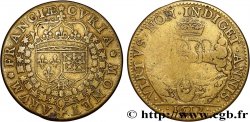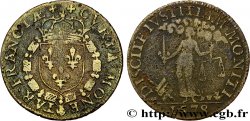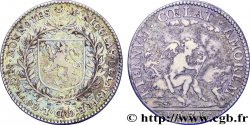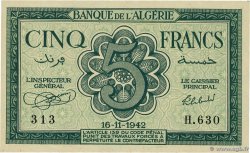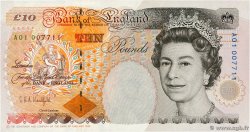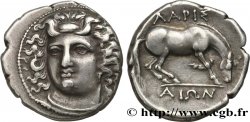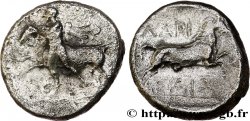fjt_708986 - COUR DES MONNAIES DE PARIS Henri III - Émission au revers de Nicolas Le Camus 1586
120.00 €(Approx. 138.00$ | 105.60£)
Quantity
Add to your cart

Type : Henri III - Émission au revers de Nicolas Le Camus
Date: 1586
Metal : brass
Diameter : 28 mm
Orientation dies : 6 h.
Weight : 5,75 g.
Edge : lisse
Rarity : R2
Obverse
Obverse legend : CVRIA. MONETAR. FRANCIAE.
Obverse description : Écu de France couronné entouré du collier de l’ordre de Saint Michel.
Reverse
Reverse legend : FRAVS VIRTVTE PERIT ; À L'EXERGUE : 1586.
Reverse description : Lion égorgeant un loup.
Reverse translation : Le vice périt par la vertu.
Commentary
Ce revers est aussi celui du jeton de Nicolas Le Camus, Conseiller du Roy et Général en sa Cour des Monnaies, Feuardent 2251 et Corre 2809. On peut penser que les fonctions de contrôle étaient particulièrement importantes pour la Cour des Monnaies pour justifier un revers plus que violent où Nicolas le Camus est certainement le lion et le fraudeur le loup.
This reverse is also that of the token of Nicolas Le Camus, Advisor to the King and General in his Court of Coins, Feuardent 2251 and Corre 2809. We can think that the control functions were particularly important for the Court of Coins to justify a more than violent reverse where Nicolas le Camus is certainly the lion and the fraudster the wolf
This reverse is also that of the token of Nicolas Le Camus, Advisor to the King and General in his Court of Coins, Feuardent 2251 and Corre 2809. We can think that the control functions were particularly important for the Court of Coins to justify a more than violent reverse where Nicolas le Camus is certainly the lion and the fraudster the wolf







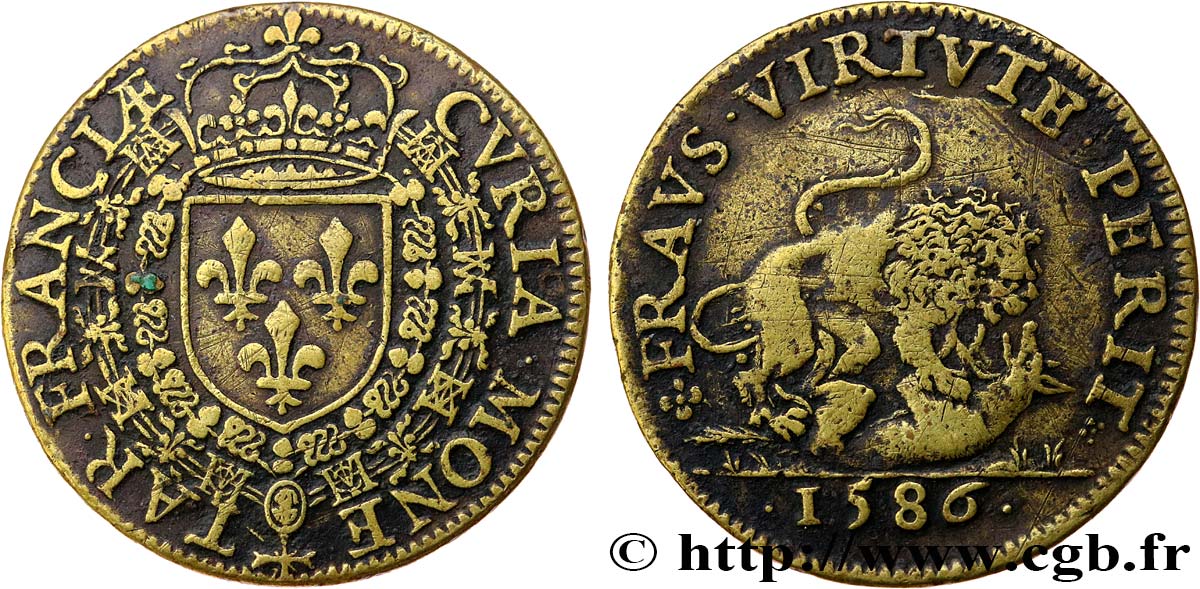
 Report a mistake
Report a mistake Print the page
Print the page Share my selection
Share my selection Ask a question
Ask a question Consign / sell
Consign / sell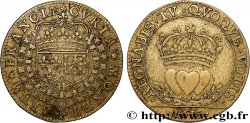
 Full data
Full data